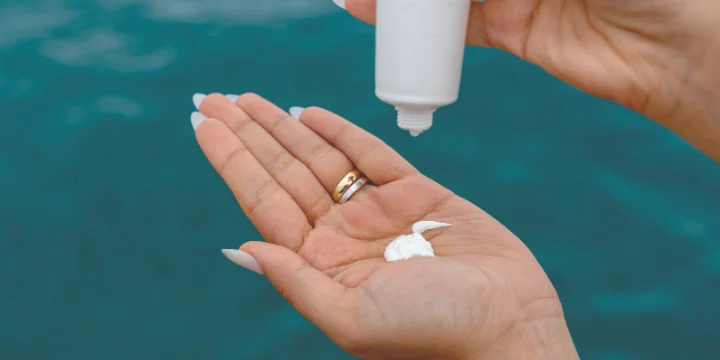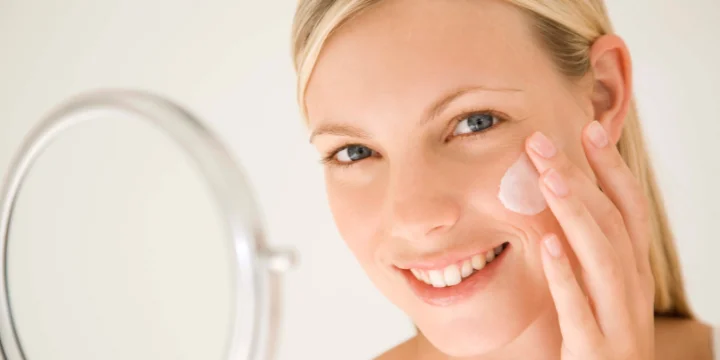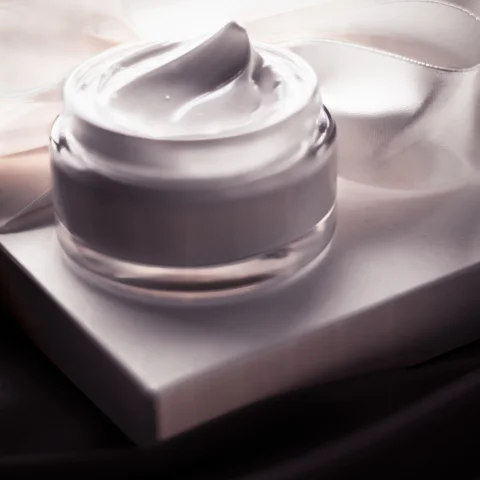Well, we often use moisturizer to keep our skin fit and attractive. But we don’t have the best idea of how to apply moisturizer effectively. Moisturizer plays a crucial role in maintaining the health and hydration of your skin. However, simply slathering on moisturizer may not yield the desired results. Knowing the best way to apply moisturizer is essential to get the most out of this crucial skincare step. In this comprehensive guide, we’ll explore expert dermatologist tips to help you achieve healthy, hydrated skin.
Why Moisturizer Matters For smoother skin
Moisturizer is not just a luxury; it’s a necessity for maintaining your skin’s health and appearance. It helps to replenish moisture, seal in hydration, and create a protective barrier against external aggressors. Regular use of moisturizer can prevent dryness, flakiness, and irritation while promoting a soft, supple complexion.
The Best Ways to Apply Moisturizer

Cleanse: Clean your face with a gentle cleanser suited to your skin type. It will remove dirt, excess oil, and impurities, preparing your skin for optimal moisturizer absorption. You can use soap or body washing lotion for cleaning.
Pat Dry: Gently pat your skin dry with a clean towel after cleansing. Avoid rubbing or harshly drying your face, as this can irritate you.
Apply to Damp Skin: Dermatologists recommend applying moisturizer to slightly damp skin. It helps to lock in moisture and enhance absorption. You can lightly mist your face with water or apply moisturizer immediately after cleansing while your skin is still damp.
Use the Right Amount: A little goes a long way regarding moisturizer. Start with a pea-sized amount and gradually increase if needed. Applying too much can leave your skin feeling greasy and may clog pores.
Gentle Massage: Using upward, circular motions, gently massage the moisturizer onto your face and neck. It helps to improve blood circulation and ensures even distribution of the product.
Don’t Forget Your Neck and Décolletage: Extend the moisturizing routine to your neck and décolletage, as these areas are prone to dryness and signs of aging.
Allow Absorption: Give your skin a few minutes to fully absorb the moisturizer before applying any makeup or other skincare products. It allows the moisturizer to work its magic and create a smooth canvas for the rest of your routine.
The Best Time to Apply Moisturizer
For optimal results, it’s essential to know when to apply moisturizer. Here are some guidelines to follow:
Morning Routine: Apply moisturizer as part of your morning skincare routine after cleansing and toning. It helps to protect your skin from environmental stressors throughout the day.
Nighttime Routine: Incorporate moisturizer into your nighttime routine as well. After cleansing and applying any serums or treatments, seal in the goodness with a nourishing night cream. It allows your skin to replenish and repair overnight.
Choosing the Best Moisturizer for Your Skin

Finding the right moisturizer for your skin type is crucial for achieving optimal results. Consider the following factors when selecting a moisturizer:
Skin Type: Determine your skin type (dry, oily, combination, or sensitive) to choose a moisturizer that addresses your needs. Look for labels that indicate suitability for your skin type.
Ingredients: Read the label and choose a moisturizer with beneficial ingredients such as hyaluronic acid, ceramides, antioxidants, and natural oils. Avoid products that contain potential irritants or allergens.
SPF Protection: If you’re looking for a daytime moisturizer, opt for one with broad-spectrum SPF protection to shield your skin from harmful UV rays.
Fragrance-Free Options: Fragrance can be a common irritant for sensitive skin. Consider choosing fragrance-free or hypoallergenic moisturizers if you have easily irritated skin.
How Often Should You Use Moisturizer?
The frequency of moisturizer application depends on your skin’s needs and the climate you live in. As a general guideline:

Daily Use: Most people benefit from moisturizer at least once or twice daily, in the morning and evening.
Dry Skin: If you have dry skin, you may need to apply moisturizer more frequently, especially during colder months or in arid environments.
Oily Skin: People with oily skin can still benefit from moisturizer but may choose lighter formulations or oil-free options.
Natural Ways to Moisturize
If you prefer natural alternatives or want to supplement your moisturizer routine, here are some natural ways to moisturize your skin:
Hydrating Foods: Consume foods rich in water content, such as watermelon, cucumbers, and oranges, to help hydrate your skin from within.
Hyaluronic Acid: Use hyaluronic acid serums or products to boost skin hydration and retain moisture.
Humidifier: Invest in a humidifier to add moisture to the air, especially during dry seasons or in heated indoor environments.
Moisturizing Without Moisturizer

In situations where moisturizer is not readily available, you can still keep your skin hydrated with these at-home remedies:
Coconut Oil: Apply a thin layer of organic coconut oil to your skin as a natural moisturizer substitute.
Aloe Vera Gel: Use pure aloe vera gel to soothe and hydrate your skin, especially after exposure to the sun.
Honey: Apply a small amount of raw honey to your face and leave it on for 10-15 minutes before rinsing off. Honey has natural moisturizing properties.
Moisturizer is an essential step in any skincare routine, and knowing the best way to apply it can make a significant difference in the health and appearance of your skin. Follow the expert tips from dermatologists to maximize the benefits of moisturizer, choose the right product for your skin type, and consider natural alternatives when needed. By incorporating these practices into your daily skincare regimen, you can achieve healthy, hydrated skin that radiates with a natural glow.
